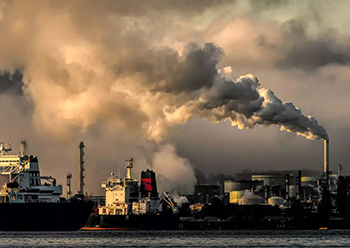

The global air pollution control market size is estimated to grow by $40.55 billion from 2022 to 2027, accelerating at a CAGR of 7.25% during the forecast period.
The market is driven by the rapid rise in industrial development. The growth of the industrial sector worldwide has significantly increased the consumption of fossil fuels, says a Technavio report.
The rapid rise in industrial activities is resulting in an increase in the emission of greenhouse gases. To counter this, countries are introducing stringent emission control regulations, which is driving the growth of the air pollution control market, it says.
MAJOR CHALLENGES
The cessation of funding by the World Bank for E&P activities will challenge the growth of the market. The oil and gas sector is one of the key contributors to greenhouse gases such as CO2. Hence, the World Bank has been reducing its investments in this sector. The World Bank intends to encourage the use of clean and low-carbon fuels over fossil fuels for generating power. Such initiatives are adversely impacting the operations of the chemicals and petrochemicals industry, which is reducing the demand for air pollution control.
Technavio has segmented the market based on end-user (power, industries, and others), product (scrubbers, catalyst converters, and others), and geography (APAC, North America, Europe, Middle East and Africa, and South America).
The market growth in the power segment will be significant over the forecast period. Coal-fired and gas-fired power generation accounts for a significant share of GHG emissions. This is one of the major factors driving the demand for air pollution control in the power industry.
By geography, the global air pollution control market is segmented into APAC, North America, Europe, Middle East and Africa, and South America. The report provides actionable insights and estimates the contribution of all regions to the growth of the global air pollution control market.
APAC will account for 44% of the market growth during the forecast period. The increasing adoption of mechanisation in industries such as agriculture, mining, wood processing, and excavation in emerging economies is driving the growth of the regional market.


